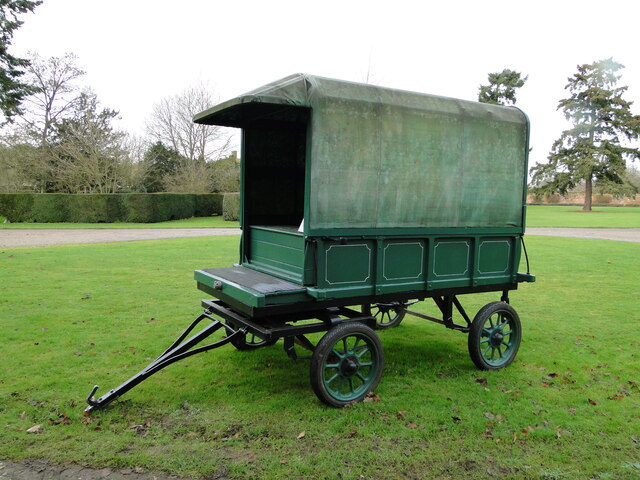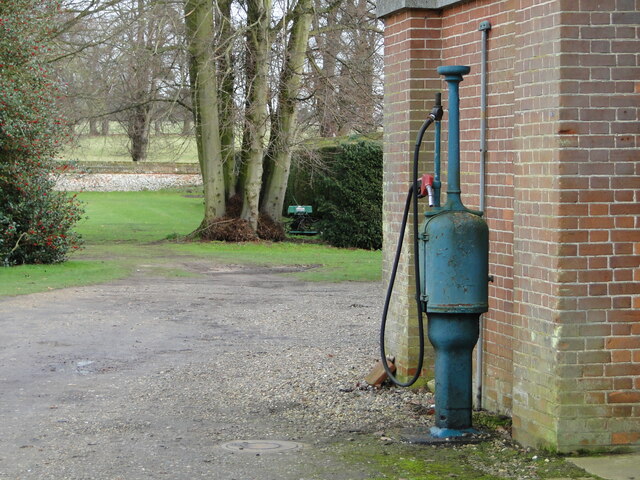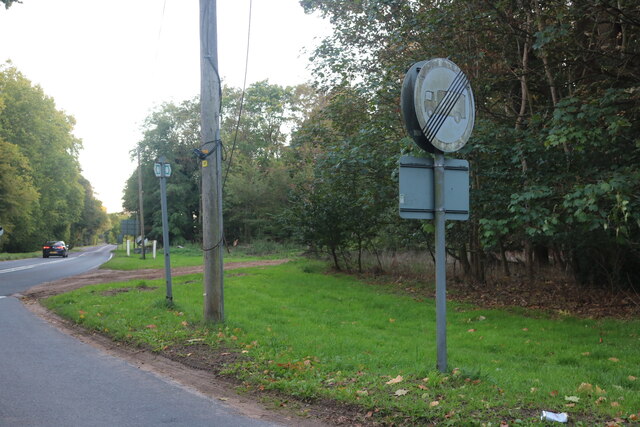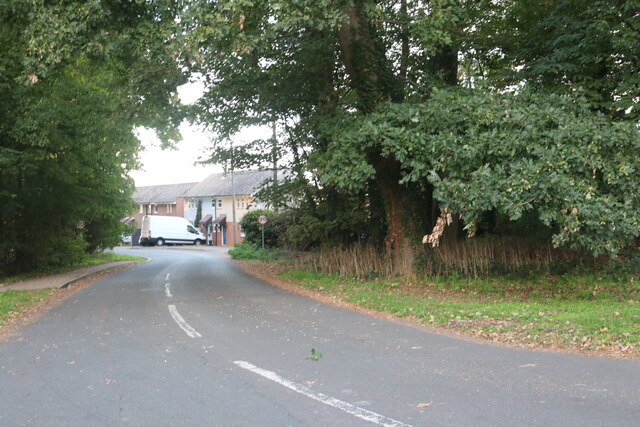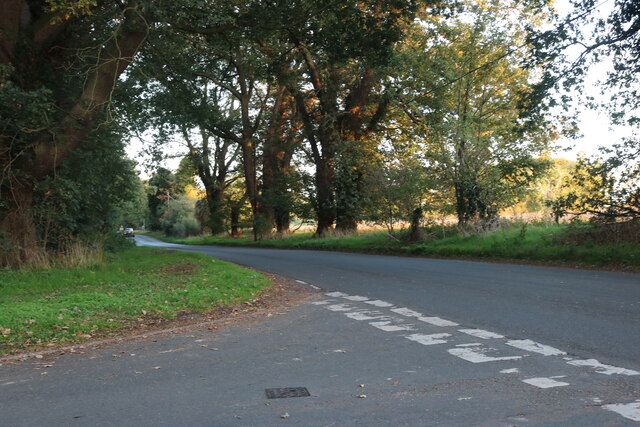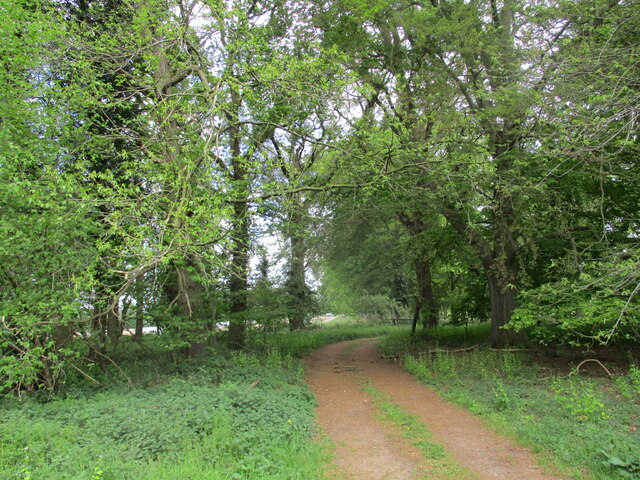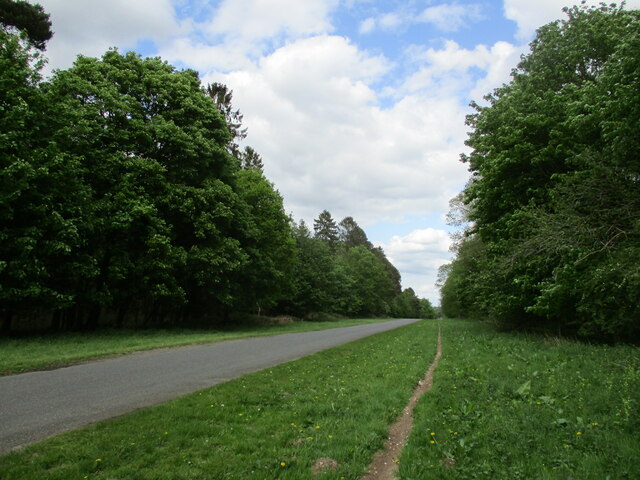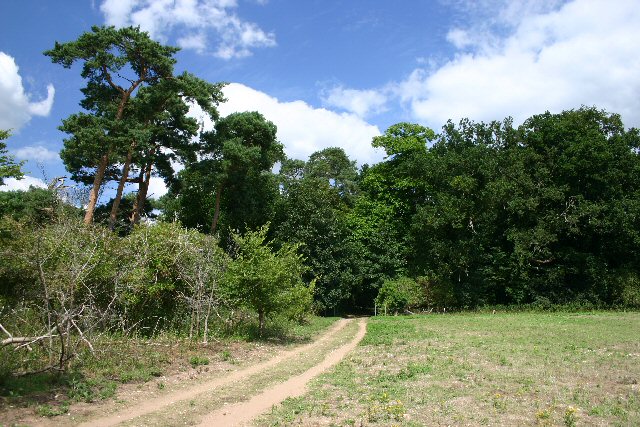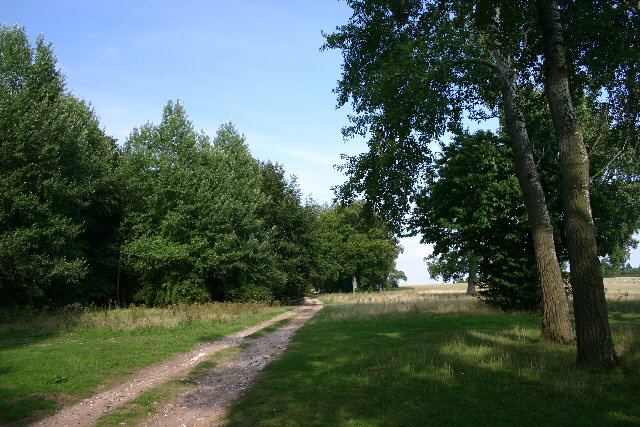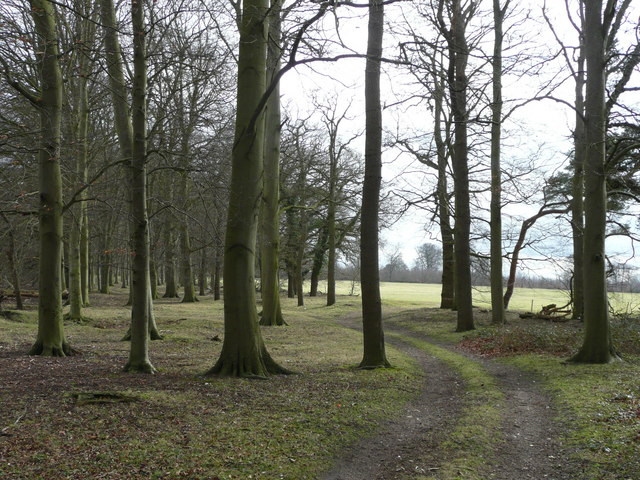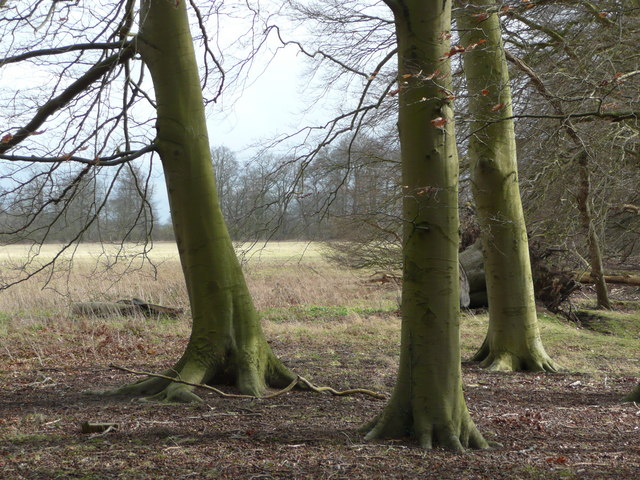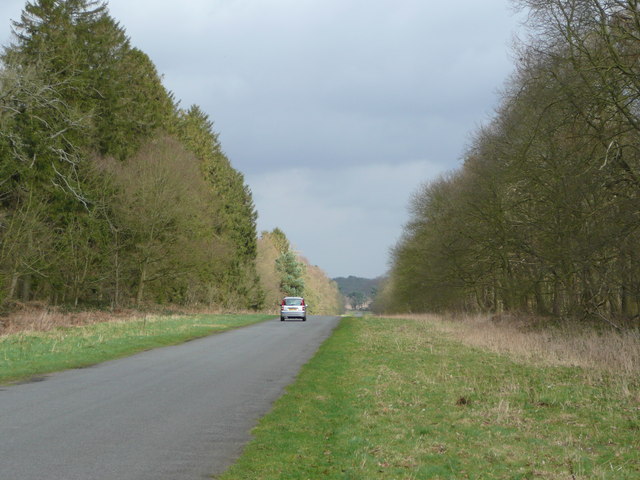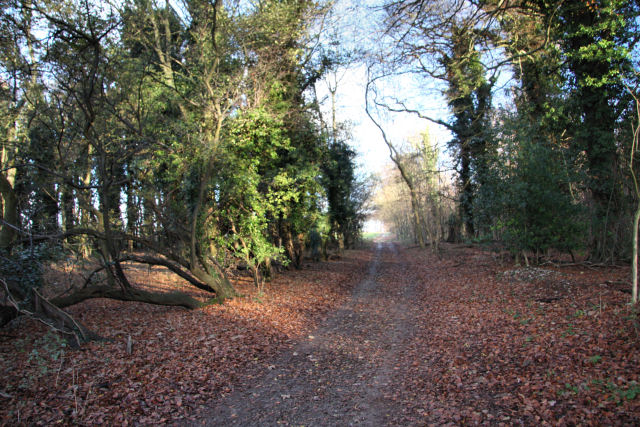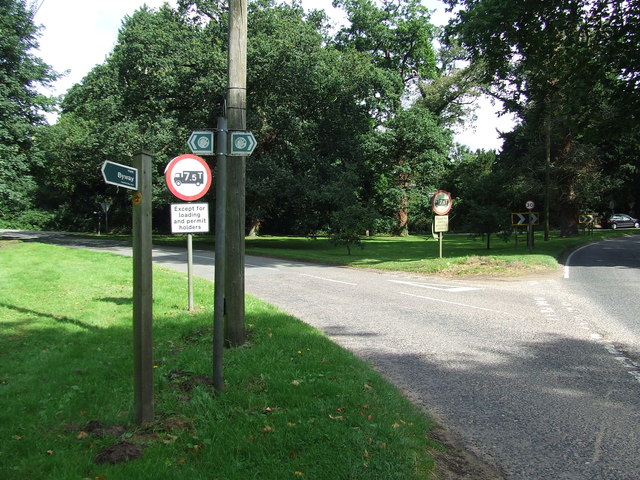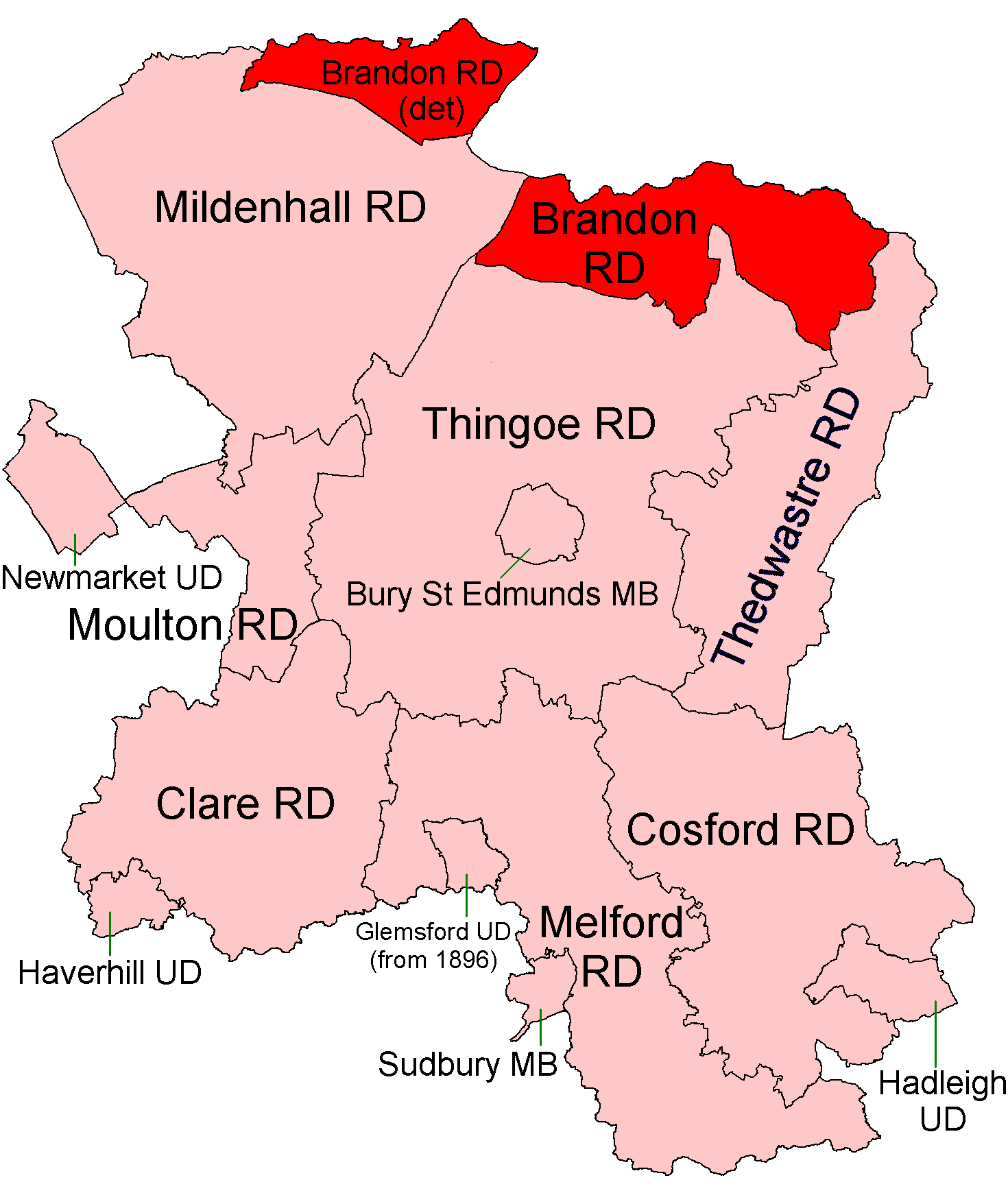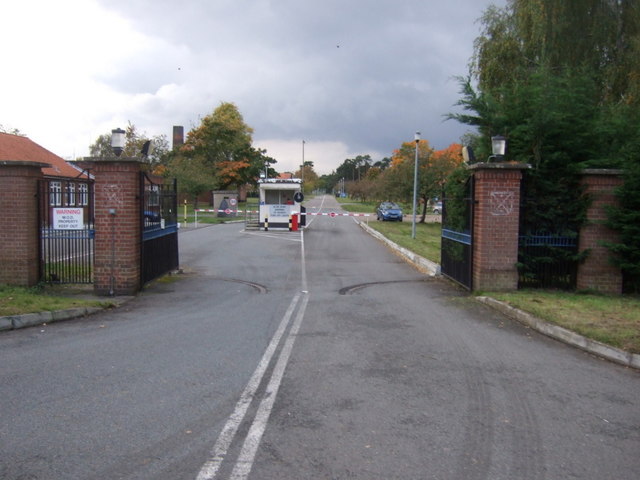County Hole
Lake, Pool, Pond, Freshwater Marsh in Suffolk West Suffolk
England
County Hole
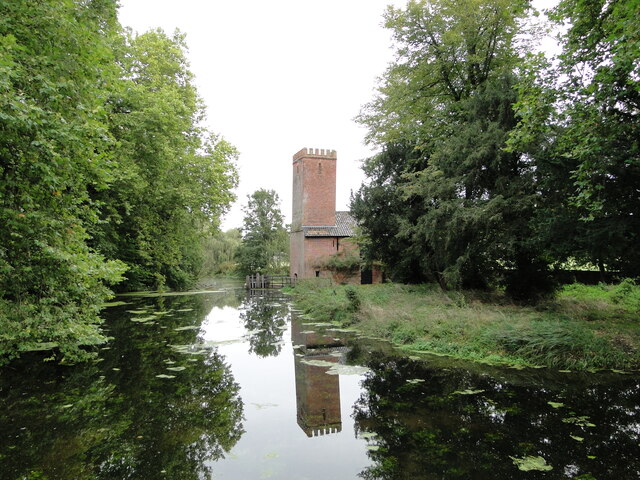
County Hole is a picturesque freshwater marsh located in Suffolk, England. Nestled amidst the rolling countryside, it encompasses a diverse ecosystem of lakes, pools, ponds, and wetlands. The area spans approximately 100 acres and is renowned for its stunning natural beauty and abundant wildlife.
The main feature of County Hole is a large lake that stretches across the heart of the marsh. With its crystal-clear waters and tranquil surroundings, the lake offers a serene retreat for both locals and visitors alike. The lake is home to various species of fish, including carp, roach, and perch, making it a popular spot for anglers.
In addition to the lake, the marsh is dotted with smaller pools and ponds, adding to its charm and providing essential habitats for a wide range of aquatic plants and animals. These bodies of water are teeming with life, from delicate water lilies and vibrant reeds to frogs, newts, and dragonflies.
The freshwater marsh itself is a haven for numerous bird species, making it a paradise for birdwatchers. Visitors can spot graceful swans gliding across the water, elegant herons stalking their prey, and colorful kingfishers darting through the reeds. The marsh also attracts migratory birds, such as ducks and geese, during the winter months.
County Hole is not only a haven for wildlife enthusiasts but also a place of relaxation and recreation. It offers walking trails and picnic areas where visitors can enjoy the tranquility of the surroundings and take in the breathtaking views. Whether it's fishing, birdwatching, or simply immersing oneself in nature's beauty, County Hole is a must-visit destination for nature lovers in Suffolk.
If you have any feedback on the listing, please let us know in the comments section below.
County Hole Images
Images are sourced within 2km of 52.386276/0.77345699 or Grid Reference TL8880. Thanks to Geograph Open Source API. All images are credited.

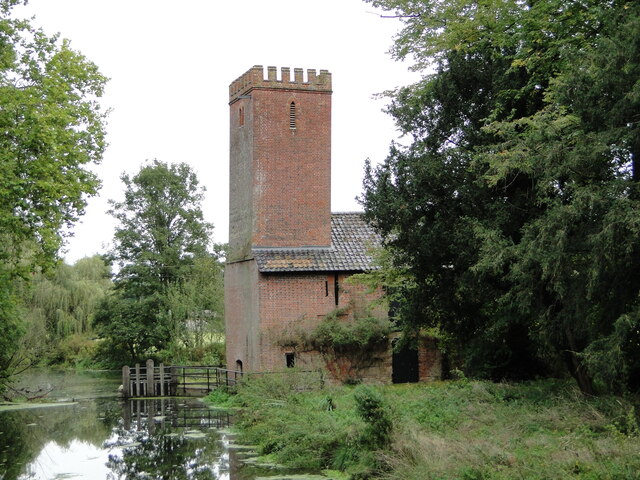
County Hole is located at Grid Ref: TL8880 (Lat: 52.386276, Lng: 0.77345699)
Administrative County: Suffolk
District: West Suffolk
Police Authority: Suffolk
What 3 Words
///enveloped.trail.morphing. Near Thetford, Norfolk
Nearby Locations
Related Wikis
Barnham Heath
Barnham Heath is a 78.6-hectare (194-acre) biological Site of Special Scientific Interest near Barnham, a village south of Thetford in Suffolk. It is a...
Euston, Suffolk
Euston is a village and civil parish in the West Suffolk district of Suffolk in eastern England. Located on the A1088 around two miles south of Thetford...
Euston Hall
Euston Hall is a country house, with park by William Kent and Capability Brown, located in Euston, a small village in Suffolk located just south of Thetford...
Barnham, Suffolk
Barnham is a village and civil parish in the West Suffolk district of the English county of Suffolk about 3 miles (4.8 km) south of Thetford and 9 miles...
Barnham Windmill, Suffolk
Barnham Mill is a tower mill at Barnham, Suffolk, England which has been converted to residential accommodation. == History == Barnham Mill was built for...
Brandon Rural District
Brandon was a rural district in Suffolk, England from 1894 to 1935. The district was created in 1894 as the Suffolk part of the Thetford rural sanitary...
RAF Barnham
RAF Barnham (also called Barnham Camp) is a Royal Air Force station situated in the English county of Suffolk 2 miles (3.2 km) south of the Norfolk town...
Barnham Cross Common
Barnham Cross Common is a 69.1-hectare (171-acre) biological Site of Special Scientific Interest on the southern outskirts of Thetford in Norfolk. It is...
Nearby Amenities
Located within 500m of 52.386276,0.77345699Have you been to County Hole?
Leave your review of County Hole below (or comments, questions and feedback).
